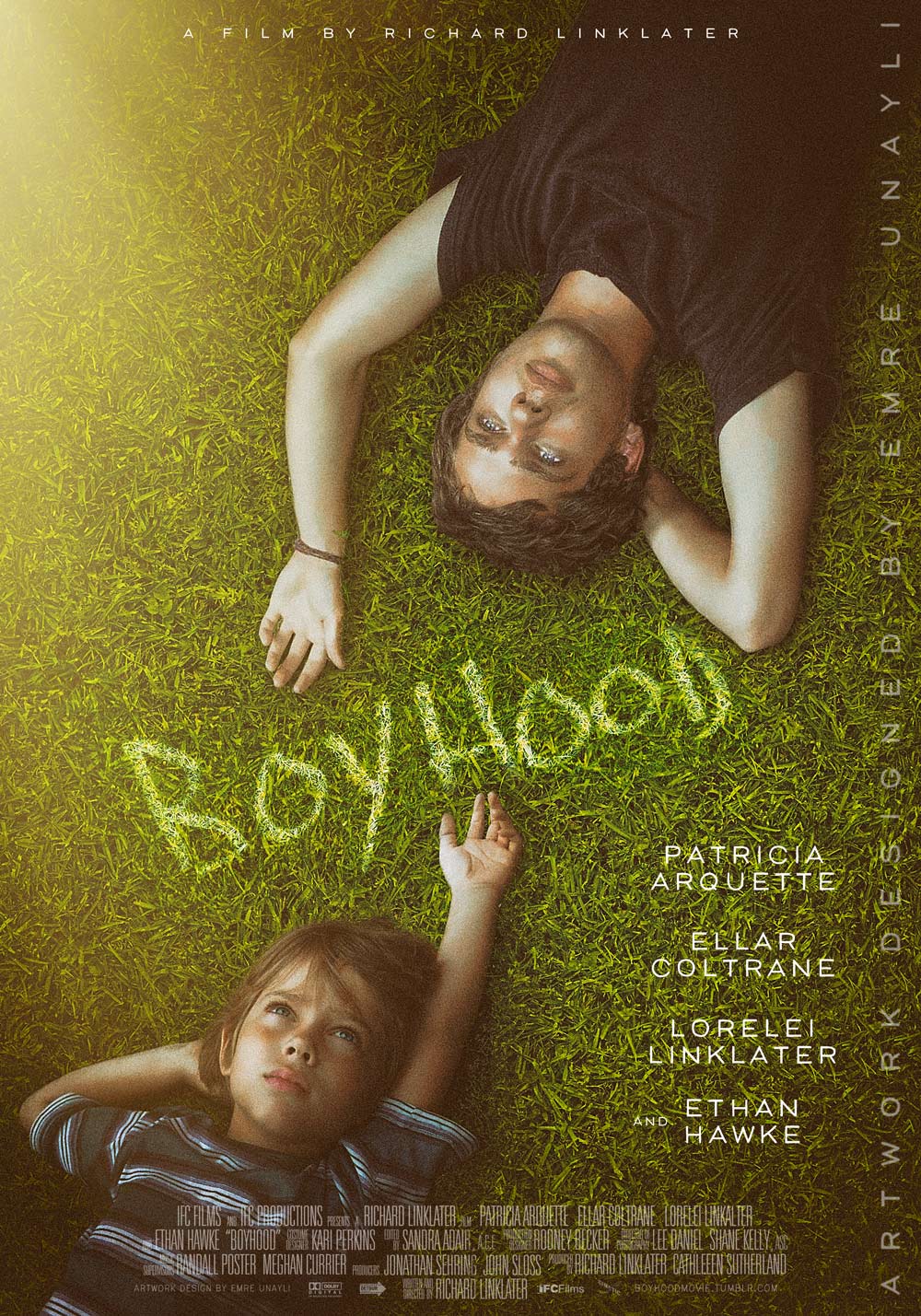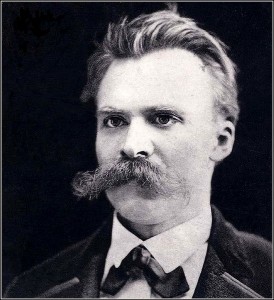As I tend to do, I decided with this project to take the
literal route from the “I’m a believer” prompt, and I am very happy with how it
turned out.
I sat my 5 volunteers down in a comfy chair in the Hurvis
studio. They knew I would be asking them a question and they would have to
answer it for 2 minutes, but they did not know what it was. When I asked “What
do you believe in?” (and clarified with the second question “What is true to
you in your life?”) most of them were taken aback that I was asking them such a
deep question on the spot. And yet, they all came up with interesting, diverse
answers.
I eventually did a second filming session with each of them,
getting footage out in the “real world” (as opposed to the very constructed
studio space) of something that related somehow to what they said in the first
session. It was interesting not being able to get all the filming done until I
had gone through the first sessions and decided what I wanted to film next.
Most of my work does not involve all of that planning, so having to make those
decisions was different for me.
I then cut together the interview footage with the “real
world” footage in a somewhat random way, though it makes some sort of sense as well. I decided to also add some background
music. The music, while semi-cheesy, does serve a couple of helpful purposes.
It distracts from the obnoxious white noise in all of the interview footage,
and it also helps tie all the clips together so that it’s not just a video of random
people talking.
De Certeau said in The
Practice of Everyday Life, “For a long time people assumed that the
reserves of belief were limitless” (179). Based on the responses I got, I think
the reserves of belief ARE limitless. Different people believe in many
different things, and they have the capacity to keep discovering new things
that they believe in.










